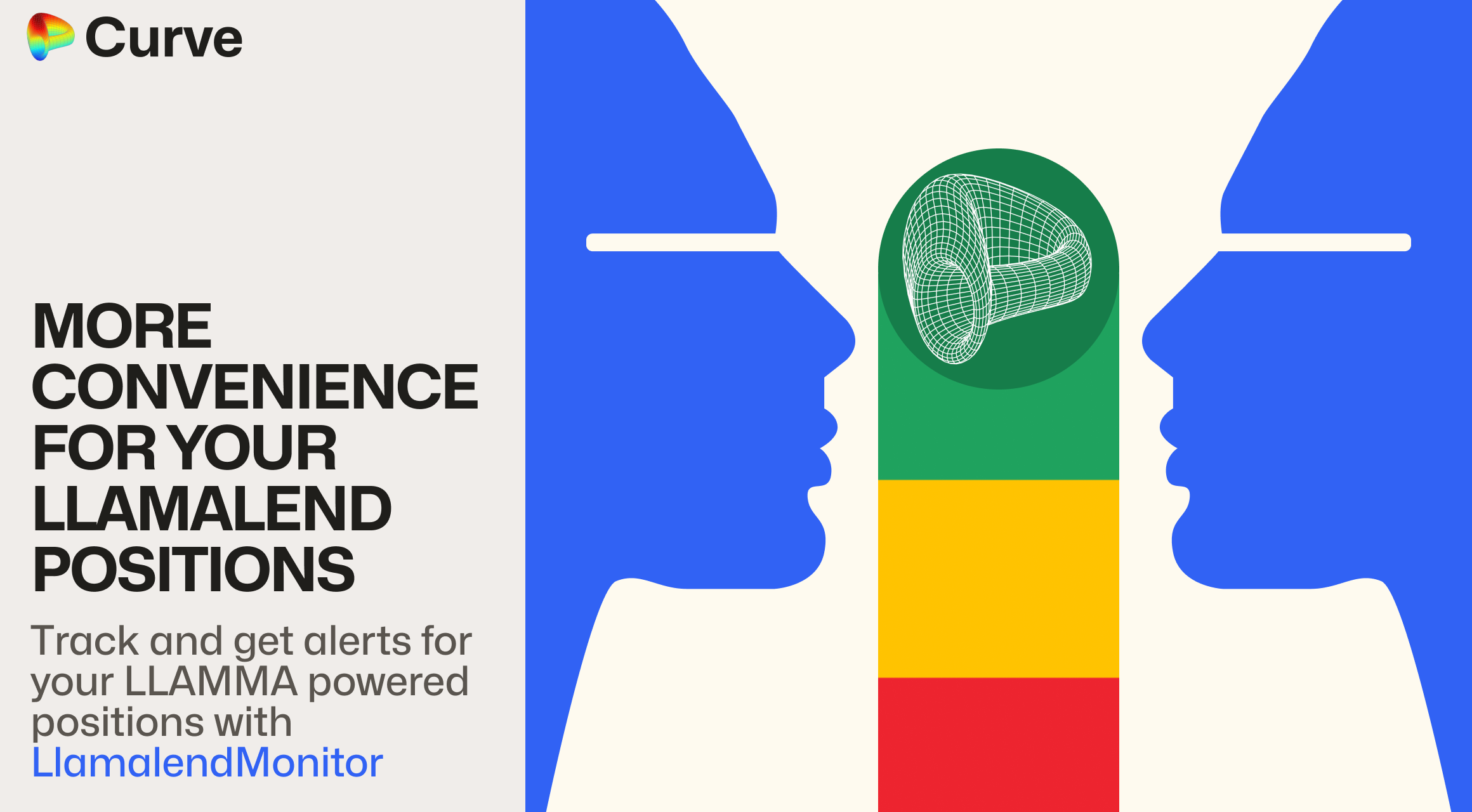Loan Health
The health of a loan indicates how well-collateralized it is and essentially shows how much of your collateral value can be decreased until a loan is fully liquidated.
The health of a loan is the most important—and ultimately the only—factor to monitor when it comes to liquidations. Once a loan’s health reaches 0%, it becomes subject to hard liquidation. This results in the loan being closed and the collateral being removed. The borrower retains full control over the assets originally borrowed.
Out of Liquidation¶
When a loan is not in liquidation, health can still decline due to two main factors:
- Collateral price decrease: A drop in the price of the collateral reduces loan health. The larger the decrease, the lower the health.
- Interest (borrow) rate: Interest accrues on the borrowed amount over time, gradually increasing the total debt and lowering loan health.
Conversely, if the price of the collateral increases, loan health improves.
In Liquidation¶
Once a loan enters liquidation, loan health can no longer increase—it becomes strictly down only from that point onward. During this phase, the position is subject to unpredictable losses resulting from the ongoing rebalancing between the collateral asset and crvUSD.
These losses gradually reduce the loan’s health and are influenced by several external factors, including:
- Loan configuration: Parameters such as the number of bands and the loan’s position within the liquidation range affect how efficiently rebalancing occurs.
- Collateral liquidity: Illiquid assets are more prone to losses due to wider price spreads and less efficient arbitrage.
- Market volatility: Sudden or unpredictable price movements increase slippage and reduce the efficiency of liquidation mechanisms.
- Other market dynamics
Because loan health cannot recover while in liquidation, proactive monitoring and early adjustments—before entering the liquidation range—are critical to avoiding a hard liquidation.
Observing Loan Health¶
While Curve’s unique liquidation mechanism offers greater flexibility and safety compared to other protocols, it is still crucial to monitor the health of a loan. Positions can be fully liquidated once health reaches 0%. To avoid this outcome, it is highly recommended to monitor loan status regularly and take action when needed.
To simplify this process, a dedicated Telegram Bot has been developed to continuously track and monitor loan positions. Its features include:
- Multi-Address Monitoring: Track multiple wallet addresses simultaneously.
- Cross-Chain Coverage: Monitor positions across Ethereum, Arbitrum, Fraxtal, and Optimism.
- Automated Health Checks: Perform regular position checks every 5–10 minutes.
- Prompt Alerts: Receive notifications when a loan enters liquidation protection (soft-liquidation) or becomes eligible for liquidation (hard-liquidation).
- On-Demand Information: Access current on-chain data for monitored positions.
